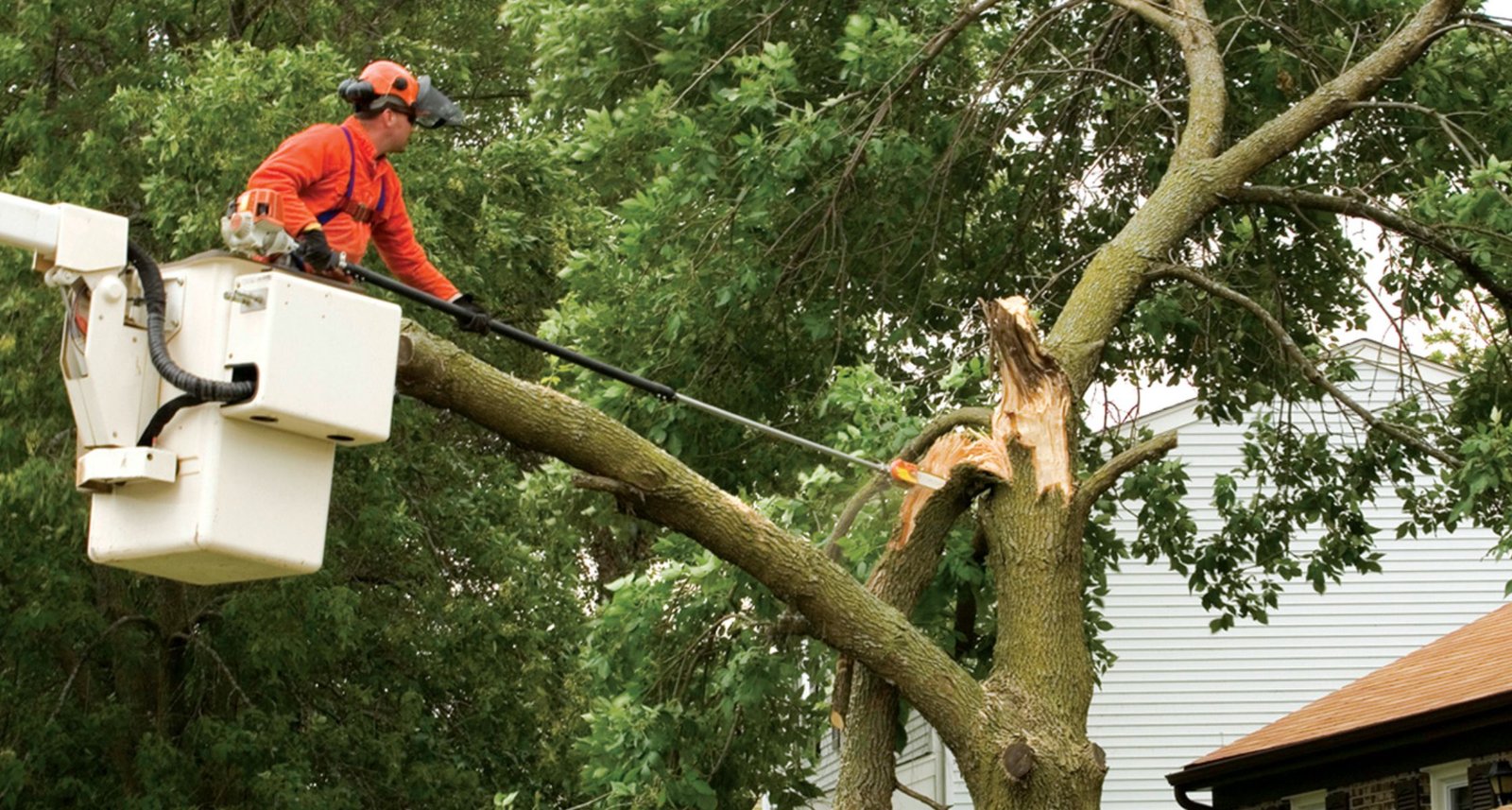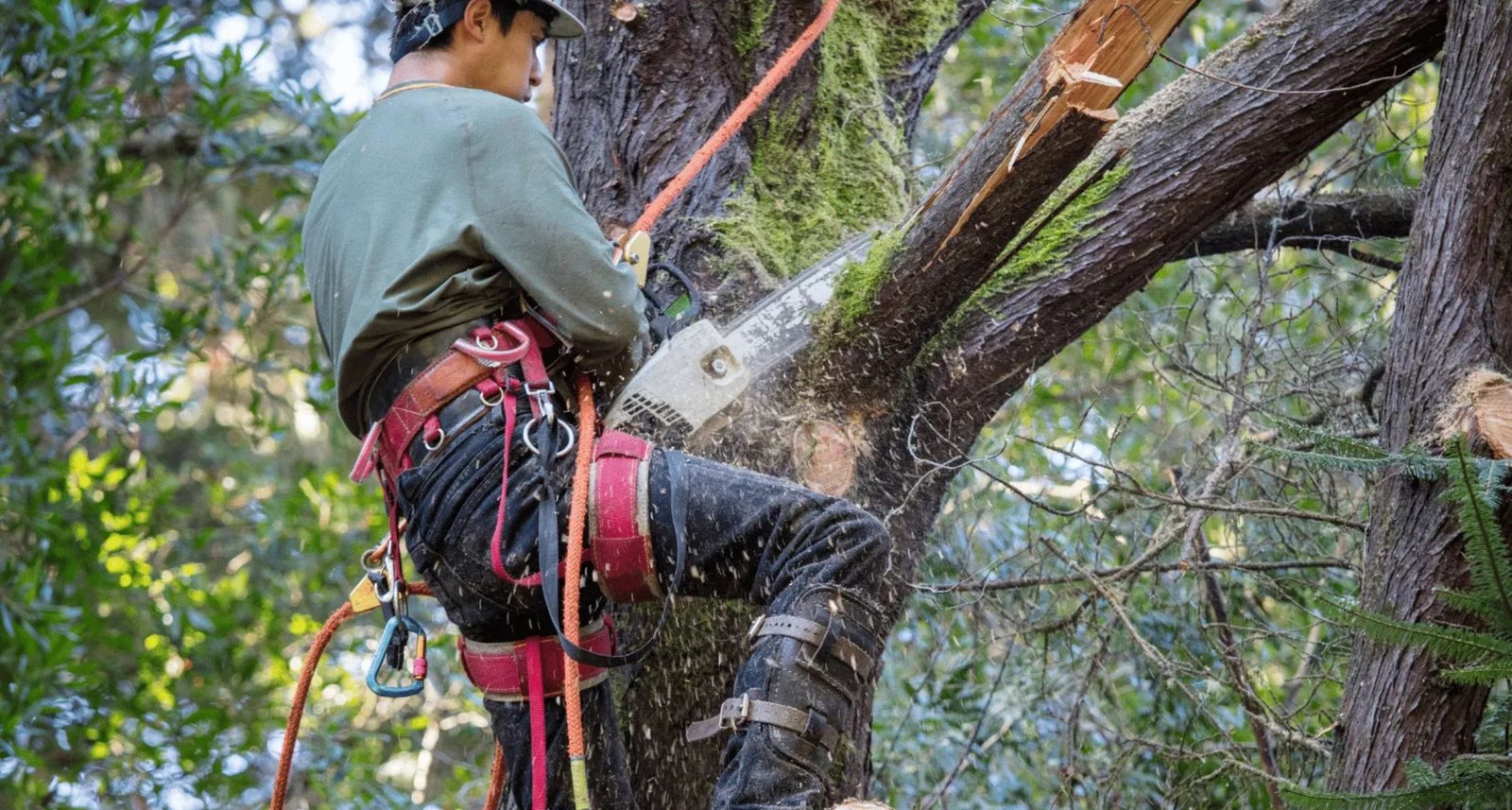Do you know you can be fined a heavy sum of more than a thousand dollars in the US if you cut trees without getting permission? Yes, it is true! You might think it is a simple decision. However, in reality, removing the tree without approval can quickly escalate into a legal headache. These laws vary from city to city and even from country to country. Homeowners often find it confusing to grasp the necessary situation. This is why we have designed this state-by-state guide, which will give you all the required know-how you need to know about tree removal permits and what to do if you have decided to remove one.
Why Are Tree Removal Permits Necessary?
Local governments enforce tree ordinances. This helps to balance property rights and conserve the environment. Trees not only provide shade but they also improve air quality, thereby contributing positively to our environment. That is why many states restrict the removal of street trees and protected species.
- Safety: Large trees pose hazards if you do not handle them professionally.
- Conservation: Some species are rare or critical.
- Community value: Mature trees increase property value.
If you ignore these laws, you can be fined and get into legal disputes.

General Rules You Should Know
Every state has its own regulations. But a few general patterns exist:
- Street trees that are located on public right-of-way require a permit more often.
- Protected species such as oaks in California or mangroves in Florida cannot be removed without permission.
- Diameter at Breast Height (DBH) helps to decide if a permit is needed. For example, if your tree is 6+ inches, it may require special permission.
- Emergency removals are usually exempt. But one may need to do post-removal reporting.
State-by-State Guide to Tree Removal Permits
1. California
California is the strictest when it comes to urban forestry laws. Cities like Los Angeles require permits for removing street trees whereas San Francisco protects all 24+ inches DBH trees. Native oaks are heavily regulated. Especially in counties with conservation ordinances.
2. Florida
In accordance with state laws, Florida protects mangroves and native species. Many cities require a permit to get rid of a tree larger than a specified DBH. However, in 2019, state law allowed homeowners to remove dangerous trees.
3. Texas
Similarly, Texas also depends on city ordinances. There are strict rules for the removal of heritage trees. Removed a tree with a DBH of more than 6+? You may get fined!
4. New York
Get a permit from the Parks Department. Then you can cut down or even prune a street tree. Under local zoning laws, any protected or large tree can also be considered on your private property. Permits for suburban areas like Westchester depend on the tree size and location.
5. Illinois
Chicago requires permits for removing parkway trees. You are usually allowed to remove a tree on private property unless it is a part of a designated landscape protection district. Some societies can enforce stricter guidelines.
6. Pennsylvania
In Philadelphia, permits are required for removing trees from public properties. Private property owners usually don’t need. But if the tree is designated as historic or part of a preservation, then you need permission. Some counties may enforce DBH limits as well.
7. Georgia
Atlanta has enforced one of the nation’s most comprehensive tree protection ordinances. Any hardwood over 6 inches DBH requires a permit else you will face hefty fines. Removals usually require replacement planting.
8. North Carolina
Charlotte requires permits for removing street trees and certain species. Raleigh mandates permission for trees in historic districts. Many coastal counties protect live oaks because of their cultural and ecological significance.
9. Massachusetts
Boston’s ordinance protects street trees. They require permits and public hearings before removal. On private land, rules differ. But cutting trees in wetlands or conservation zones requires approval under the state’s Wetlands Protection Act.
10. Washington
Seattle regulates the removal of exceptional trees. Those with large DBH or ecological importance. A permit is a must if you have a street tree or a private-property one. Native species like Douglas firs and cedars ought to be protected in Washington.
11. Oregon
Portland enforces strict rules on heritage trees. Even if they are located on private property. Street trees always require a permit. Whereas protected native species are monitored.

12. Arizona
Phoenix allows the carrying out of private-property removals mostly but it can regulate street trees and those near public easements. Tucson requires permits for protected desert species. This includes mesquite and pal Verde trees,
13. Colorado
Denver enforces permits for street trees and historic districts. A private property owner has more freedom but must follow the local neighborhood rules. Boulder has stricter policies for native cottonwoods.
14. Ohio
Columbus requires permits for street trees. But not for a private property. But if you have a tree within a designated environmental zone, you may require approval.
15. Michigan
Detroit regulates trees in public rights-of-way. Ann Arbor protects landmark trees with 24+ inches of DBH. Cutting them without permission can result in heavy fines.
16. New Jersey
Newark and Jersey City require permits for street trees. Some townships mandate replacement planting after a removal.
17. Virginia
Richmond and Arlington enforce permits for street trees. If a tree is located in a historic overlay district, then you need a permit; for public properties, it is fine.
18. Washington, D.C.
The District protects special trees and heritage trees. Cut them without a permit and face a fine of up to $30,000.
19. Minnesota
Minneapolis requires permits for boulevard trees. Private removals usually don’t need permits. Unless the tree is diseased with emerald ash borer.
20. Hawaii
Honolulu requires permits for street trees. It is also necessary for any removal in designated scenic districts. Native species like koa and ohia may also fall under protection laws.
Conclusion
In a nutshell, understanding tree removal permits is more than a matter of paperwork. It is about protecting your investment and avoiding costly fines. Each state and often each city has its own rules. So before you cut down that tree, check your local ordinance and secure approval if necessary.
Want safe and professional help? Trust Tree Service Bronx to handle all complex requirements and transform your outdoor sanctuaries!

